|
The Virginia opossum is a misunderstood animal. It tends to be the brunt of jokes and is used in derogatory statements. I am guilty of this myself. For example, in my new novel, Bridgers 3, one of the bridgers is being warned not to try something (I can't give away too many details), because trying this thing will "steal away your youth’s vigor like possums steal eggs." And in an upcoming short story, my main character complains that he doesn't fit in, stating: "To use a local phrase, at these events I was like a possum in a pigpen—I didn’t belong, and I feared getting shot if I were discovered." These statements, like those many other people use, are not very complimentary to opossums. So today I plan to reveal the awesome side to these creatures. So, what the heck is a Virginia Opossum? The Virginia opossum is often called the North American opossum, mainly to distinguish it from opossums that live in South America. The Virginia opossum is unique because it's the only marsupial that lives in North America. It is a marsupial mammal about the size of a domestic house cat, and it has a bare, prehensile tail. It is important to point out the difference between the Opossums of South and North America and the Possums of Australia and surrounding islands. Opossums are in the marsupial order, Didelphimorphia. There are about 103 species, and they originated in South America. Possums are in the marsupial order, Diprotodontia, the same order that includes kangaroos, koalas, wombats, and others. There are about forty species of possums that live in Australia, New Guinea, and others islands in the South Pacific. So, the Virginia opossum is not closely related to the possums of Australia. There is an interesting story of why they have similar names: In 1610, Captain John Smith of the Jamestown colony in Virginia wrote in A True Declaration of the Estate of the Colonie in Virginia: “There are … Apossouns, in shape like to pigges.” (he was comparing them to domestic pigs, which back then had much more fur than they do today). He got this word, apossouns, from the local tribe of Native Americans (it meant "white beast"). So the name evolved into opossum. Then, in the late 1700s, Sir Joseph Banks, a naturalist who went with Captain James Cook to Australia, saw a creature (a ringtail possum) and remarked that it resembled the opossums of North America. The name he gave them was shortened to possum. So... these two similar names often confuse people, making them think that the two groups of mammals are closely related. But they aren't. Amazing facts about Virginia Opossums Virginia opossums are the only marsupials in North America. Although many species of opossums live in South America, the Virginia opossum has managed to migrate all the way up into Central America, Mexico, and the eastern half of the United States. And it is still steadily expanding its range. This is due to global warming causing more northerly areas to have fewer heavy snow storms. Like many other Marsupials, Virginia opossums give birth to very small babies, which then move to the mother's pouch where they will develop until they can move around and feed on their own. The newborns, usually about eight of them, are only the size of a navy bean. Once in the mother's pouch, though, they attach to a nipple and stay in that spot until they are too large to fit in the pouch. At that point they move out of the pouch and cling to the mother's fur, riding around with her. And at some point, they get too big to even do that. Okay, I have to tell a brief story. When I was a kid (about 12) growing up in Kansas (Midwest U.S.), a good friend and I were fascinated by animals, including opossums. We managed to catch an opossum in a live trap, and we put it into a large cage my friend's dad helped us build in the corner of his garage. Well, before long it became apparent that the opossum was a female. Young opossums that were getting too big to fit in the pouch moved out and began riding around on her back. When the young got to be the size of hamsters, we began handling them. When they got to be the size of guinea pigs, we began letting them ride around on our shoulders as we walked around town. One time, while on a walk with young opossums, we decided we were hungry and walked into a McDonald's restaurant. We went to the counter, ordered our food, paid, and picked up our food. Astoundingly, no one in the restaurant, including the girl who took our order, even noticed that we had opossums along for the ride on our shoulders. Opossums defend themselves in just about every way except for actual fighting. When threatened, sometimes they will run. Other times they will hiss, growl, or even belch. They will show their teeth. They with urinate, and they will even poop to scare you away. Their most famous behavior, though, is to play opossum. Playing opossum is a real thing. The term refers to pretending to be dead. And they are good at it. They will roll onto their side and freeze. Drool will drip from their mouth and their breathing slows down. They actually go into a coma-like state, which can last up to four hours! When opossums do this, a foul-smelling green liquid seeps from their anus. This behavior, along with the smell, is known to sometimes make larger animals leave them alone. Check out this video of an opossum playing dead. Opossums have opposable thumbs. Well, actually this is on their back feet, so I suppose they are really opposable toes. But this arrangement helps them cling to tree limbs. Opossums are excellent climbers. Opossums have an unusually short life span for an animal of their size. In the wild, they typically live only two years or less. Why? It is thought that this ultra-fast aging characteristic is due to opossums having few defenses against predators. Therefore, since they don't live long anyway, their bodies have not evolved the biochemical methods to live more than a few years. This might seem hard to believe, but to support this hypothesis, there is a population of opossums that have lived on an island off the coast of Georgia (U.S.) for thousands of years in the absence of predators. These opossums have a natural lifespan 50% longer than mainland opossums. Opossums sometimes play a role in pop culture. The Pogo comic strip, created by Walt Kelly, began running in American newspapers in 1948. Pogo was a seemingly simple opossum living in the Okefenokee Swamp in Georgia. But he tended to make deeply philosophical comments about politics and the state of the world. And... one more. Heidi was a cross-eyed opossum donated to Germany's Leipzig Zoo in 2010. The opossum quickly became an international sensation, with 300,000 followers on Facebook. Heidi even inspired a series of YouTube songs. But the pinnacle of this opossum's fame came when she was given the task of choosing the oscar winners for the Academy Awards on the late night show, Jimmy Kimmel Live. Heidi died in 2011 (remember, opossums don't live long). By the way, experts believed that Heidi's crossed-eyed condition was due to fatty deposits behind her eyes, which did not affect her health in any other way. So, the Virginia opossum deserves a place in the M.A.H.O.F. (Majestic Animal Hall of Fame). FUN FACT: The word majestic is an adjective for possessing majesty (of lofty dignity or imposing aspect; stately; grand). The word originated in about 1600. Other synonyms for majestic are kingly, splendid, magnificent, and noble. Perhaps you don't consider an opossum to be kingly, but that's beside the point. You have to admit they're awesome, and majestic is another way to say awesome! Photo Credits:
Virginia Opossum #1 - Mark Shields Opossum with young - Missouri Dept. of Conservation Opossum Feet - Pinterest Pogo Coloring Book - Crosswordfiend Heidi the Cross-eyed Opossum - Metro UK
0 Comments
In Bridgers 3, the bridgers meet some interesting beings who live off the land. One important food source for these beings is wild mushrooms. I was reminded of this a few days ago when our neighbors came over and said they had some weird mushrooms growing in their flower garden. They wanted our opinion on what they were. It turns out their mushrooms were stinkhorns (more specifically, the elegant stinkhorn). Stinkhorns were given their rather unflattering name because, well, they stink. When you put your nose within an inch or two of these fungi, you are hit with an odor somewhere between the smell of soil and the smell of rotting garbage. We looked around in the garden and found a half dozen of these. On one of them, I noticed a carrion beetle busily chomping away (in the photo above you can see spots where carrion beetles have eaten portions). In case you don't know, carrion beetles usually feed on rotting animal carcasses. So if the stinkhorn appeals to carrion beetles, it must really stink! You may have noticed that the business end of the weapon on the Bridgers 3 cover looks very much like a large centipede. In honor of that organic, living weapon, today's awesome animal is the giant centipede. Way back when Trish and I first met (1991, in case you're wondering), we would regularly go to the Flint Hills of eastern Kansas to hike and search for snakes and lizards. Yep, it has been that kind of romance from the beginning. In the process of lifting up flat limestone rocks, where reptiles like to hide, we would sometimes come across the "giant centipede." Some of these were FIVE inches long. Now, I want to point out that giant centipedes are known to have a nasty, outrageously painful bite (although the ones in Kansas are certainly not fatal). And they look rather wicked. Here is a photo I took of one of the centipedes we found. So one day we decided to capture the largest one we could find so that we could show it to our students (we both taught biology at the time). We took the centipede home in a plastic butter tub. When we got home, we decided to transfer the creature to a larger container. This did not go well. The centipede made a wild lunge at the stick I was using to coax it from one container to the next. This startled me (translation: I squealed like a little girl), and dropped the butter tub. The centipede took off across the living room floor and disappeared down a crack next to the stairs. It was under the floorboards of the house. The house where we lived, and slept, and routinely walked around without shoes. We never saw the centipede again, but we found it somewhat more difficult to relax for several weeks after the centipede incident. SIDE NOTE: You might be wondering why a little five-inch arthropod would startle me so much. After all, for many years I taught my students how to safely handle tarantulas and snakes. Well, everyone has that one creature that gives them the willies, right? So what the heck is a Giant Centipede? For simplicity, I'm going to refer to all the larger centipedes of the genus Scolopendra as Giant Centipedes. Numerous species live around the world, particularly in tropical areas. The five-inch Tiger Centipede of Kansas (described above) is impressive, but some of the Scolopendra centipedes are truly awesome. Amazing facts about Giant Centipedes Giant centipedes are big (well, duh). How big? One of the largest, sometimes called the Amazonian Giant Centipede, grows to 12 inches (30 cm) in length. Yes, that's a foot long. Giant centipedes, like all other centipedes, are predators. Living under rocks and in the leaf litter of forests, these creatures normally catch and eat other invertebrates (insects, spiders, scorpions, millipedes, snails). But they're not picky. They will eat anything small enough for them to subdue and kill. So the larger species often eat frogs, lizards, snakes, mice, small birds, and even bats. In fact, the Amazonian Giant Centipede is an expert at catching bats. They climb around upside down on the ceilings of caves to ambush bats. Once they kill one, they hang by a few of their hindmost legs while holding and feeding on the much larger bat. Check out this video of a giant centipede attacking a bat. And this one of a giant centipede preying on a tarantula. Centipedes produce fast-acting venom. The two large "fangs" you see at the head end of a centipede are actually a modified pair of legs (called forcipules) for injecting venom into their prey. So, since these are modified legs instead of true mouthparts, centipedes do not actually "bite" (although the effect is the same). What's truly amazing about centipede venom is how fast it works. A giant centipede that weighs only 3g can immobilize a 45g mouse in less than 30 seconds. Centipede venom contains many nasty components, but a recent study indicates that the component that allows giant centipedes to kill large prey (such as bats and mice) is one that blocks potassium ion channels within nerve cells. This causes the nerves to fire repeatedly, throwing the heart and breathing system into disarray. This venom component was given the appropriate name of Spooky Toxin (SsTx). Centipedes don't see well, so they use their sense of touch to catch prey. They have two multi-jointed, antennae. These antennae are highly sensitive to touch, and they are covered with chemoreceptors, allowing the centipedes to also "smell" their prey. Despite their name, centipedes do not actually have 100 legs. They actually have one pair of legs for each body segment (millipedes have two pairs per segment). So some centipedes have as few as 14 legs, and some have as many as 177. The giant centipedes of the genus Scolopendra typically have 21 to 23 body segments (42 to 46 legs). Okay, one more morsel of information to satisfy your burning curiosity. Giant centipedes are not considered as food for humans in most cultures. But in China, they are sometimes eaten grilled or deep fat fried and are usually served on skewers. So, the giant centipede deserves a place in the F.A.H.O.F. (Funkadelic Animal Hall of Fame). FUN FACT: The word funkadelic actually originated in the late 1960s as the name of an American band led by George Clinton. It combined the words funk and psychedelic. The word then became a broader term to describe the category of music this band pioneered, dance music that combines soul and funk with elements of rock. And... the word gradually began to be used to describe anything cool or spectacular. So, funkadelic is another way to say awesome! Photo Credits:
Tiger Centipede - Stan C. Smith Amazonian Centipede by hand - dimocritus via DeviantArt Centipede Fangs - CrossTimber Naturalist Centipede Skewers - TripAdvisor For those who are fans of my Bridgers series, I'm pleased to say that Bridgers 3 is almost complete! If all goes according to plan, it will be released in early August (maybe even August 1st). The covers for the Bridgers series have a common theme... a grimy hand holding a weapon. The weapon is something the bridgers are forced to use in order to survive in an alternate version of Earth. Bridgers 1 features a primitive spear, Bridgers 2 has a bladed, copper mace. Well, it's time to introduce the cover of BRIDGERS 3. This cover features the strangest, awesomest, scariest weapon yet... a venomcrook. Bridgers 3: The Voice of Reason introduces a world unlike any the bridgers have ever imagined. Saving the human species is not as easy as you might think. Only a few weeks away! Not sure if you're interested in the Bridgers series? One way to find out is to read a free preview. Read Chapter 1 of Bridgers 1: The Lure of Infinity And you can get the full books here: Bridgers 1, Bridgers 2. |
Stan's Cogitations
Everyone needs a creative outlet. That's why I write. Archives
July 2024
|

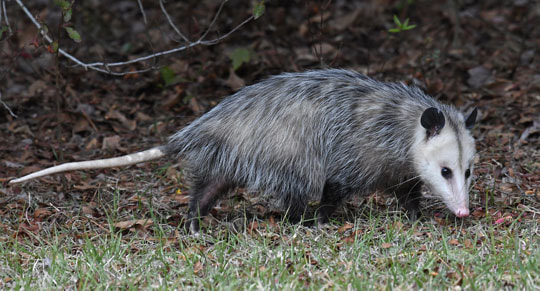
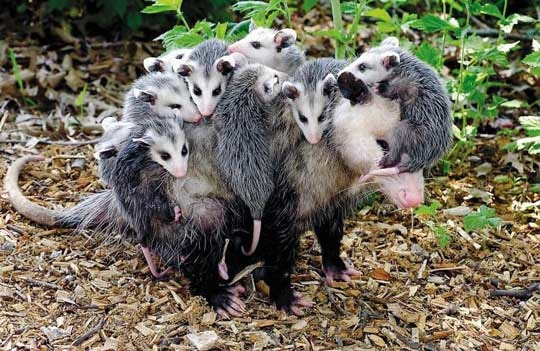
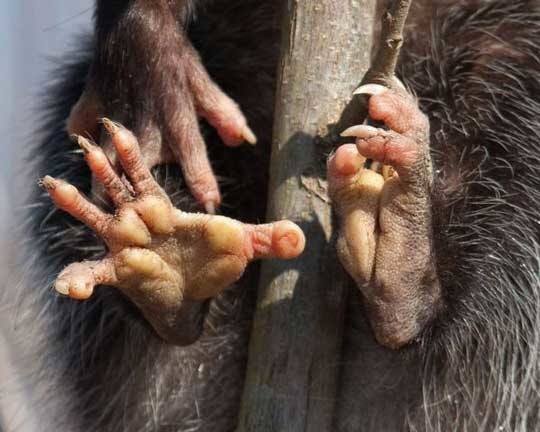
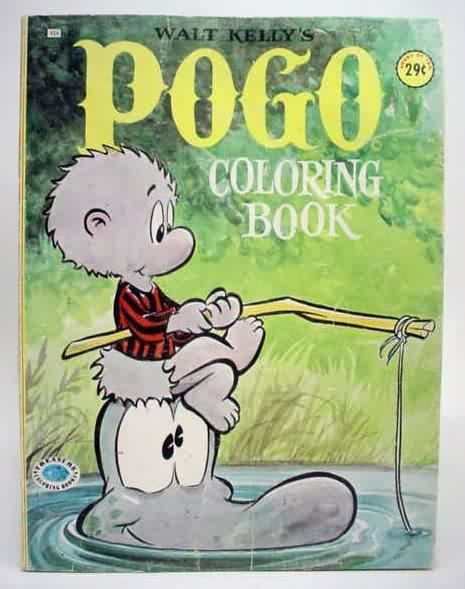
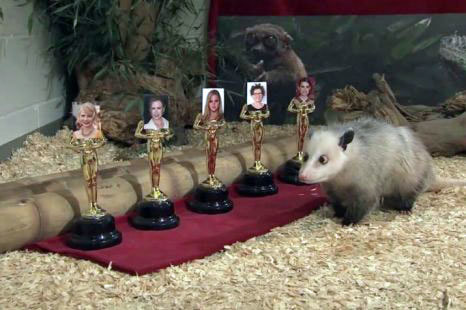
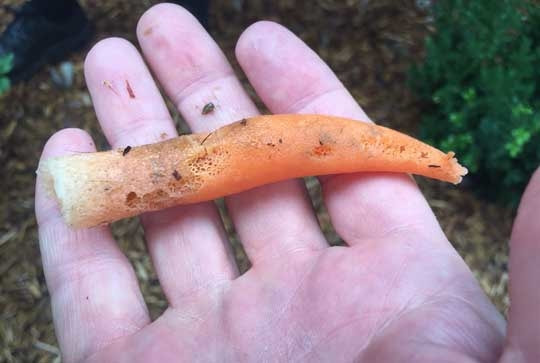
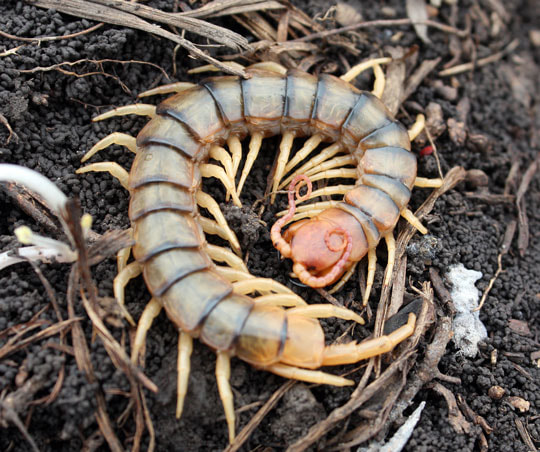
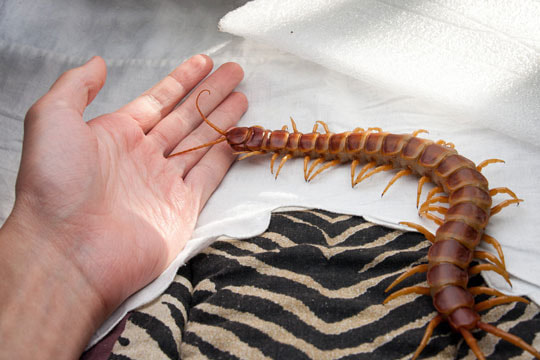

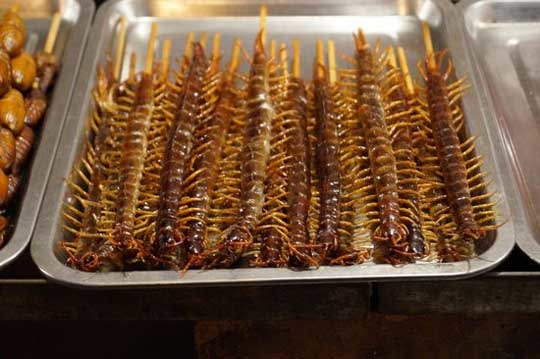

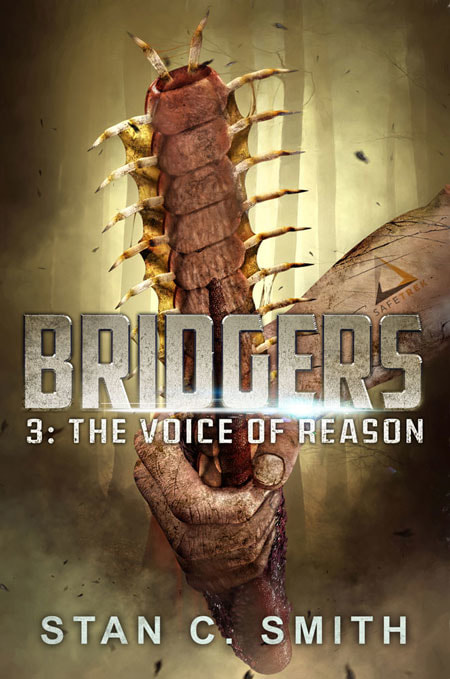
 RSS Feed
RSS Feed